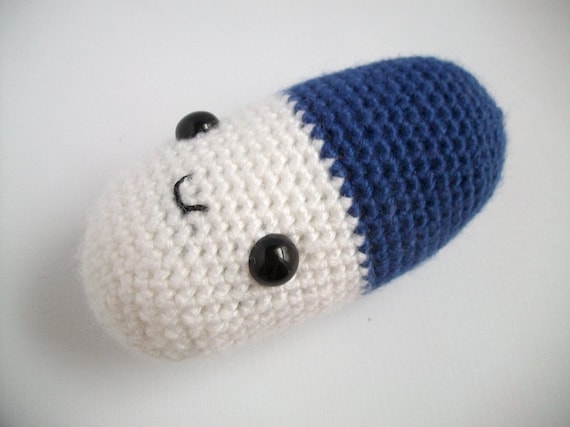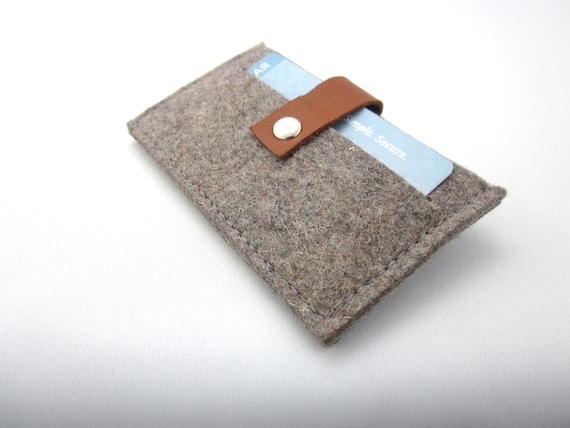Whether you're a brand new seller on Etsy looking to make your first customer or a seasoned expert seeking a refresher course, these tips and tricks to getting the most out of your online shop will be valuable to you at any point in your crafting ventures.
Some of these you have probably heard before through the
Etsy Blog. Others are tips and nuggets of wisdom that I’ve collected from fellow Etsians over the past year in business; tips which may not be as well-known or obvious but are equally useful. All right, let’s get to the list! Here are my tips:
Encourage variety.
I know this may be difficult for the brand new shops because you may still be finding out what you truly want to sell. However, it will be worth it to open shop with a relatively large amount of stock. Why? I’ve noticed that Etsy buyers really do appreciate variety.
When I first opened shop last June, I had about 5 items total to sell. Thanks to friends and family, I made my first two sales within 24 hours! However, that left me with only 3 more items to catch a buyer’s attention. After a few weeks of non-stop creating and listing, I significantly bulked up my inventory and sales started slowly trickling in after that.
So if you’re considering opening a shop or already have one that could use a little variety, don’t hesitate to keep creating and listing more items! It’s a convenient excuse to set aside some solo crafting time – it’s for the good of your business, after all!
Take thoughtful pictures.
This is definitely a popular tip that I came across many times before deciding to start my shop. The one question that kept running through my mind was, “How”? I’m not a great photographer, I don’t have Photoshop, I have no clue how to get that stark white background like the items that always make Etsy’s front page. And you know what? I still don’t! But I manage, and here’s how:
 |
| My photo gallery: litter container and duct tape |
|
|
Give yourself a photography area. If your products are on the small side, create or purchase something that gives you enough space to take pictures. Example: you can get a
lightbox, find a good spot on a table with adequate lighting, or get creative and make your own photo gallery space! That way your pictures are “standardized”, in so much that every item has a similar background and is shot in similar light conditions.
Use the macro setting on your camera (mine’s a button with a flower on it, yours will probably be something similar) for close proximity pictures. Don’t be afraid of taking one or two pictures at an angle, or close-ups to focus on particular features. These somewhat odd shots can draw a buyer to your photo (and Etsy Treasuries love them too). Take time and remember to put love into your pictures…if something’s not quite right or your item looks a little blurry, just be patient and try to get them crisp. As with anything, it gets easier and faster with practice.
I could go on and on about photo tips, but for the interest of your time and eyeballs, I’ll continue on…
Be prepared to eat a few costs.
This one you don’t hear about all too often, probably because Etsy does not always want to acknowledge that YES, it costs a good chunk of money to start a successful shop. While money cannot guarantee your success, you should invest enough to make sure you’ll get the most return from your shop.
Things that cost money: Listing an item, selling an item, shipping an item, renewing an item, tools and materials (the easy part), TIME, pretty packaging, boxes, tape and labels, shipping the item, advertising (optional)…among others I’m surely forgetting!
Long story short, you should consider right from the get-go how much you are willing to spend on each of these to get started. Go to numerous shipping websites to find the deal that works best for you (my pick is good ol’
USPS) and figure out about how much, after all your costs are tallied up, each item in your inventory is worth. This will make it easier for you to get an idea for where your items should be priced, and you’ll be starting off fresh with scrupulous business practices! Go you!
Treat people as you would LOVE to be treated.
Let’s face it. Those first few days (weeks, months, YEARS) of waiting to make one sale are filled with nervous tics, nailbiting, and perhaps even questioning the meaning of your existence as a crafter. But when those first few sales start finally coming in, it’s SO important to be there for your customers.
Send a thank you card with every order, let them know when their item has shipped out, leave them detailed feedback, include a funny story about the creation of your item…anything to let them know that they’re more than just a customer – they’re supporting small craft businesses, they should get a few perks for being an A+ consumer!
 |
| from shapingyouth.org |
When the inevitable conflict pops up, always negotiate with the buyer. The customer is not always right, but it pays to handle a situation in which both parties come out satisfied with the solution. While you may be firm in your Shop Policies, in the beginning it may suit you to bend the rules….just a little.
Keep calm and carry on.
This is one tip that I’m still learning, but it’s infinitely valuable to anyone having doubts about the future of their shop. When sales seem to come to a halt, DON’T PANIC. When you panic, you may overanalyze your shop in a desperate attempt to find the reason why you’re not having any sales.
As hard as it is to accept, most of the time there is no reason for a lack of sales. In the meantime, keep crafting and try not to obsess over what you can change. If the business isn’t any fun, then it’s hardly worth maintaining!
Don’t lose your passion.
If your shop has you working so hard that you can’t even stop to relax, this should come as a sign to you to pull in the reigns and take fewer orders or raise your prices. What’s the point in crafting if it becomes a daily chore? At least for me, most of the fun in crocheting comes out of the fact that nobody makes me do it. It’s freeing to have a hobby where you are your own boss…be a good manager to yourself. It’s important to get regular breaks and to spend time doing something other than growing your shop. Remember to get out and enjoy life a little!
Do you have some Etsy success tips? Please share!














